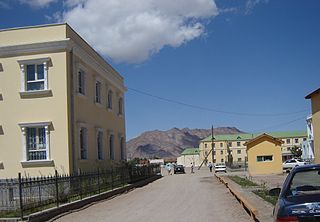For the first time ever, NASA’s cutting-edge Surface Water and Ocean Topography (SWOT) satellite has captured dramatic footage of giant flood waves surging down major rivers across the United States.
This achievement, revealed in a study published in Geophysical Research Letters on May 14, 2025, marks a significant step forward in hydrological science and promises to revolutionize flood prediction and safety measures globally.
The NASA-French collaborative SWOT mission, equipped with its advanced Ka-band Radar Interferometer (KaRIn), has demonstrated its unprecedented ability to measure the height and speed of these massive river waves from space.
Unlike traditional, localized stream gauges, SWOT provides wide-area snapshots of river systems, capturing the dynamic movement of water over vast distances in near-real-time.
Researchers, led by Hana Thurman of Virginia Tech, meticulously analyzed SWOT data and identified three remarkable instances of large-scale river waves.
One striking event occurred on the Yellowstone River in Montana in April 2023.
The satellite detected a wave crest towering at 9.1 feet and stretching over 6.8 miles as it moved towards the Missouri River. Scientists traced the origin of this wave to a sudden and powerful breakup of an ice jam upstream, unleashing a torrent of trapped water.
Two other significant waves, triggered by intense rainfall runoff, were also observed.
On the Colorado River south of Austin, Texas, SWOT recorded a colossal wave exceeding 30 feet in height and spanning an astonishing 166 miles.
Another substantial wave, over 20 feet tall and extending for 100 miles, was tracked on the Ocmulgee River near Macon, Georgia.
These observations provide invaluable insights into how both natural phenomena, like ice jams, and extreme weather events can generate potent flood waves.
The data collected by SWOT is critical for improving risk assessments and informing infrastructure planning in vulnerable regions.
The ability to monitor these riverine behemoths from space offers a crucial complement to existing ground-based monitoring systems.
The detailed information on the speed, height, and shape of these flood waves significantly enhances the accuracy of flood travel and intensification predictions, offering potentially life-saving early warnings to communities downstream.
Launched in 2022, SWOT orbits Earth multiple times daily, employing its sophisticated radar systems to continuously monitor both freshwater and oceanic surfaces.
The mission aims to observe approximately 55% of large-scale flood events throughout their life cycles, providing near real-time data that can flag developing dangerous flood situations.
The satellite’s advanced sensors not only map water elevations but also capture subtle water movements, significantly improving our understanding of the planet’s complex hydrological cycles.
This project is a testament to international collaboration, with support from NASA’s Jet Propulsion Laboratory, the French space agency CNES, the Canadian Space Agency, and the UK Space Agency.


